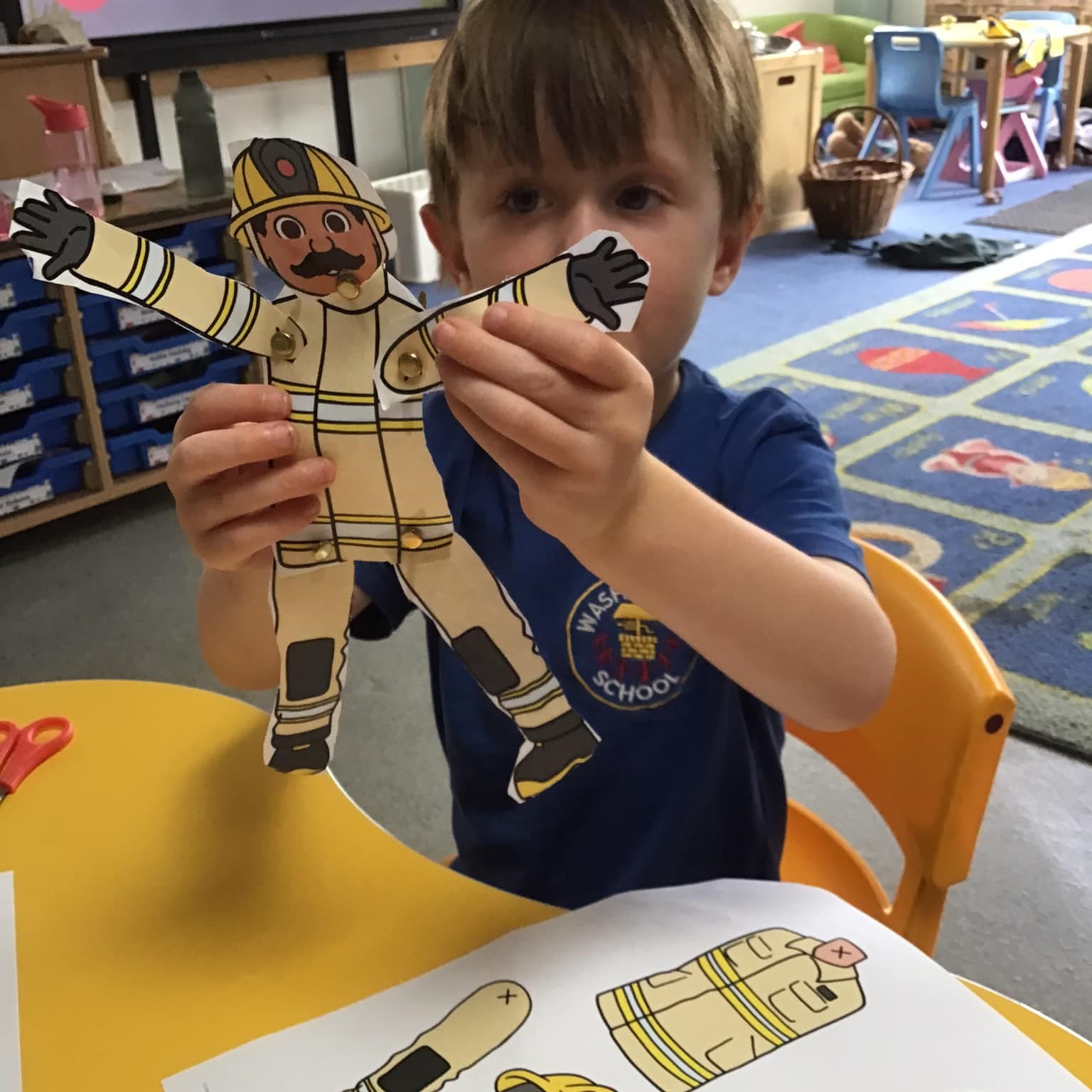Design Technology



Vision Statement:
Our vision is that through the teaching of design and technology, our children will learn how to: manage and control risks; work safely with a variety of tools and materials; and become resourceful, innovative, enterprising and capable citizens. By taking part in an inspiring and rigorous practical subject, we hope that the children will use their creativity, imagination and social interaction skills to design and make products that solve real and relevant problems in a variety of contexts – understanding the processes involved through planning, making, evaluation and refinement.
Our school bases the core work in design technology around the National Curriculum which aims to ensure that all pupils:
- develop the creative, technical and practical expertise needed to perform everyday tasks confidently and to participate successfully in an increasingly technological world
- build and apply a repertoire of knowledge, understanding and skills in order to design and make high-quality prototypes and products for a whole range of users
- critique, evaluate and test their ideas and products, as well as the work of others
- understand and apply the principles of nutrition and learn how to cook
- use skills and knowledge drawn from other subjects, particularly maths, science, computing and art
What does design technology offer children? How does it enhance the curriculum?
- Opportunities to be creative, where children can explore and investigate their own ideas and creations.
- A chance to develop understanding of different tools, materials and methods.
- The ability to create a design process which will reach an end goal.
- The resilience to learn from mistakes and adapt their ideas to reflect this.
- The opportunity to find solutions to real-life, contextual problems.
What use is it to children in later life? (Culture Capital)
- Practical skills which can be used to solve every day, real-life problems.
- An understanding of the technology around them, an appreciation of how this has, and will continue to, evolve over time.
- Leads to a range of career opportunities in such fields as architecture, carpenting, plumbing, software design, textile industry, construction and food manufacturing.
